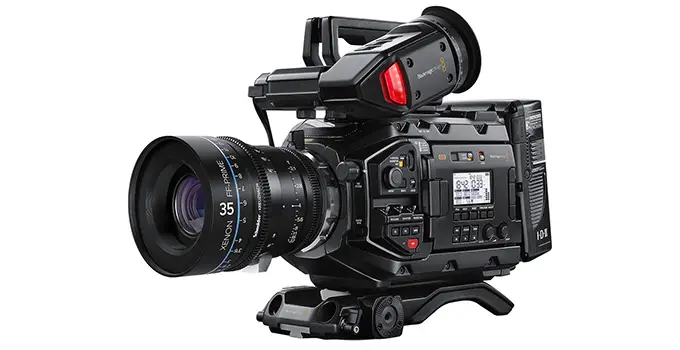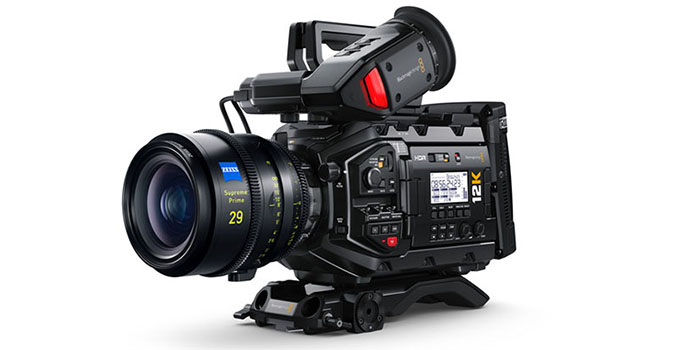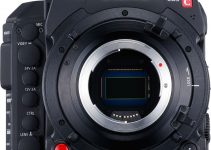Blackmagic has an impressive lineup of cameras that they have been building up for years. The Pocket series is doing amazing, but I would hazard that when we talk about traditional cinema cameras it is the URSA Mini Pro line that is getting the attention.
In that line there are actually two models that seem to offer very different capabilities: the 4.6K G2 and the 12K.
As you might have guessed, these cameras look similar but offer dramatically different resolutions and shooting modes.
If you are looking at these cameras or are just curious about what those differences mean filmmaker Chris Warren takes a quick look at them both.
1. Resolution and Dynamic Range
As mentioned, the resolution is the biggest difference. This is the result of using different sensors and image processing techniques.
The resolution I hope is obvious, but for dynamic range you have a rating of 14 stops for the 12K and 15 stops for the 4.6K. These are the ratings on paper.
Practically speaking what this means is that the 4.6K G2 will deliver a bit more detail in the shadows and/or highlights. If you care about dynamic range more than resolution then the decision should be easy.

Image Credit: Blackmagic Design
2. Recording Codecs
This is an interesting one. The 12K will only record in Blackmagic RAW while the 4.6K has raw along with ProRes. This makes the 4.6K a bit more versatile for certain workflows as ProRes is much more widely supported.
It depends on your post workflow and if you require a quicker turnaround or are working with other teams to handle the footage.
3. Color Science
Blackmagic has been working on their color science for a while. The 12K actually has Generation 5 color science and it does show. The highlight rolloff has been improved and the handling of reds, especially in highlights.
The 4.6K G2 is still on Generation 4. It’s still good, it just isn’t quite as good, though LUTs and other tweaks can get them looking very close. It will make it a bit more annoying to match with other cameras, say if you have some Pocket cameras on set.
Hopefully Blackmagic updates the 4.6K G2 in the future, though if you want Gen 5 today you can shoot in raw and set it in DaVinci Resolve.

Image Credit: Blackmagic Design
4. SSD Connection Location
A small one but it could be relevant depending on your workflow. The USB-C connection for hooking up SSDs for direct recording is in a different location.
On the 4.6K G2 it is tucked away behind the flip-out screen right next to the card slots. This is annoying because you can’t close the screen fully. On the 12K it is on the back, which should make it much easier to configure a drive in your rig.
5. Software Features
The 4.6K G2 is actually a bit behind when it comes to firmware updates. For example, the new horizon leveling tool is only available on the 12K. There are also better ways to magnify your image on the 12K and you can drag it around easier.
Another software difference is with frame guides. On the 12K you can put in custom guides by number. The G2 just doesn’t have all this. Maybe in some future update but it is hard to recommend cameras based on what might come in the future.
Which would you pick? The 12K or 4.6K G2?
[source: Chris Warren]
Order Links:
- Blackmagic Design URSA Mini Pro 4.6K G2 Cinema Camera (B&H, Amazon)
- Blackmagic Design URSA Mini Pro 12K Cinema Camera (B&H, Amazon)
Disclaimer: As an Amazon Associate partner and participant in B&H and Adorama Affiliate programmes, we earn a small comission from each purchase made through the affiliate links listed above at no additional cost to you.



